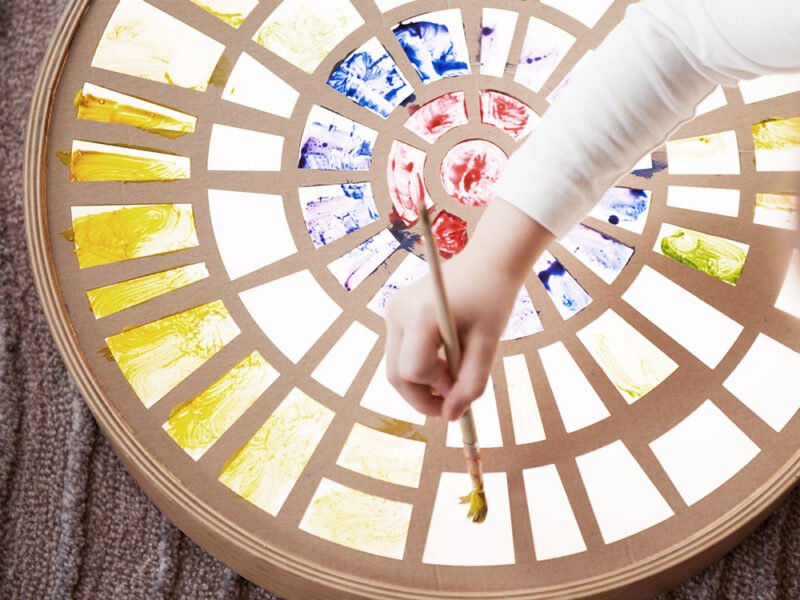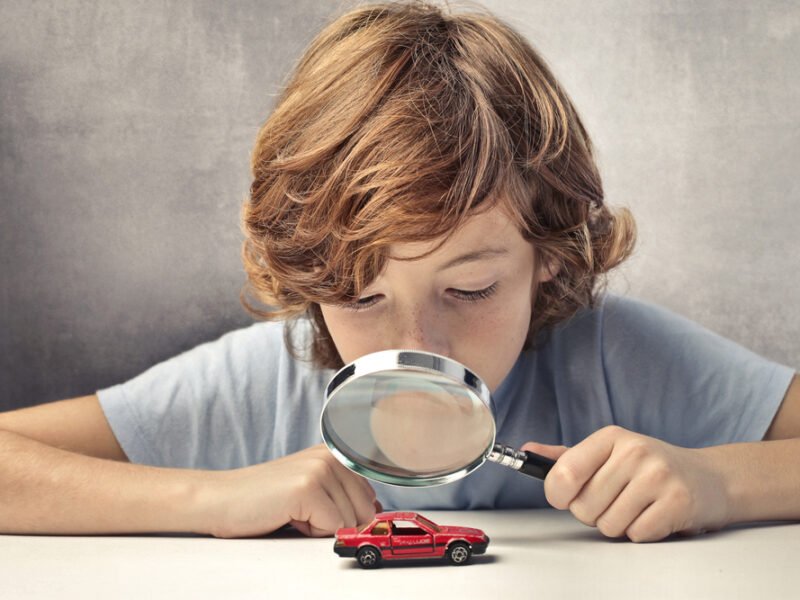Christmas is time to come back home. Usually, it brings joyfull emotions. This time is different is multiple ways. Cities and countries are now returning to lockdown and reinstituting other protocols as a second wave of Covid-19 emerges. Our moods range from happiness of reuniting with family to anxiety of what is coming next.
We already know it will be tough. We’ll be taking care of kids by playing and learning with them, balancing work and family hours, squeezing in some minutes for drinking cold coffee. Multitasking is tiring and inefficient but we’ll have to make it work.
There has to be something good in all this. Nature love balance!
What happens in our brain in a changing environment?
David Eagleman, a professor at Stanford University, a novelist, TV host of PBS’s The Brain, and science advisor for the HBO series Westworld, believes that our brain makes us a different person every year, every week. Imagine 86 billion neurons and a fraction of quadrillion connections between them… When you learned something new, there’s a physical change in the structure of your brain.
Now, when COVID-19 is forcing us to rething things and adjust for the unknown, the brain is working double shift.
“The only silver lining to the lockdown is the fact we’re getting a lot of brain plasticity out of it” David Eagleman says. For those who haven’t caught the illness, Covid-19 is benefial for brain. We are building a new model of the world so it can predict what’s going to happen next,
Children’s brains develop even faster during the critical periods. The first period starts around age 2 when the number of connections (synapses) between brain cells (neurons) doubles. Two-year-olds have twice as many synapses as adults. It is the time when the brains learn faster than at any other time of life.
When the pandemic ends – and that time will come sooner or later – we shall become more resilient and creative.
Where do I start?
To make things easier for you, last spring we created and shared a memo about what is most important when learning at home:
- How to organize your homeschool and where to find useful learning resources?
- What can you do with just one light table? List of activities for open play and learning.
We’ll continue sharing useful resources, knowledge, expertise with you. There is a beautiful trend of collaboration, openness, empathy growing in the society amidst the pandemic adversity.
This time we want to share a great list of play activities neatly compiled by LEGO Foundation. You can fnd and sort play activities based on age, duration, or resources for play.





